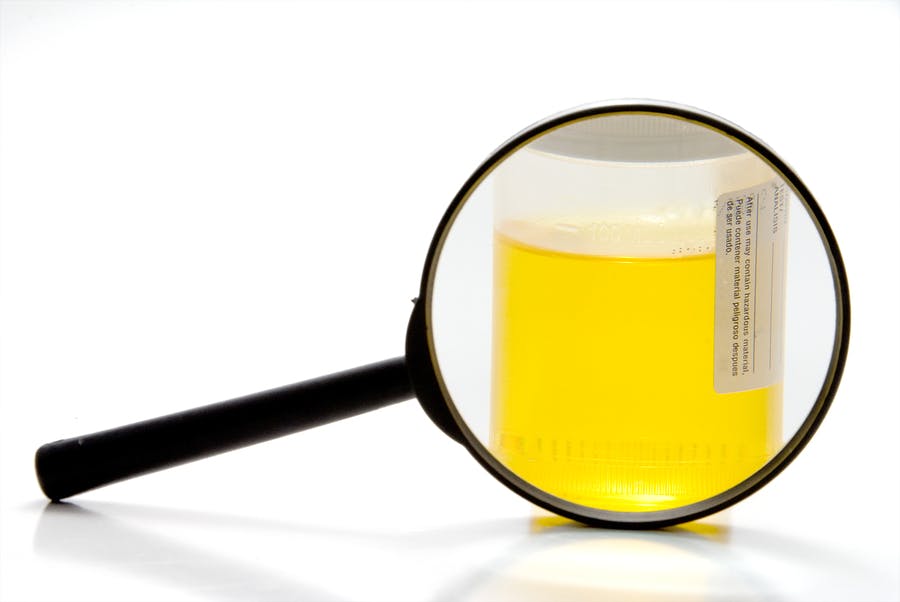An effective drug testing program can ensure that the workplace is safe and productive. This is the reason why we see more and more organizations opting for drug testing procedures. However, sometimes half-baked knowledge, or personal biases can dilute the significance and purpose of drug tests. Without accuracy, neutrality, and consistency, drug tests become useless.
Here are 6 tips to ensure your drug testing program is fair, transparent and effective:
1. Have clear rules and communicate them
The most effective drug testing programs have clear, documented rules, which are applicable to all employees. These must be clearly and unambiguously communicated. Complete transparency and consistency in the administration of tests is a must. Under no circumstances can the rules be bent or made flexible.
Clearly defined rules fairly applied influence employee morale and behavior, deter substance abuse significantly, and ensure that employees know what is expected.
2. Test regularly and at the right times
Drug testing will be most effective when administered at the right time. Here are the times when testing is necessary and most effective.
- Pre-employment
- Post accident
- Random testing
- After an employee returns from a work hiatus
- As a follow-up to previously taken tests
Over the years, pre-employment drug testing has been on the rise. Most employers do conduct pre-employment testing. But in the absence of later, random testing, the pre-employment test often falls short. For all you know, the employee abstains from drug abuse only to pass the pre-employment test and then reverts back to using drugs after the hiring process is over.
Random drug testing is necessary to prevent drug and alcohol abuse at the workplace. However it must be done in a neutral and unbiased manner. This means that anyone in the company can be chosen for testing through a randomized system, regardless of position or person.
When the system is automated, testing is based on randomized selection, determined by an algorithm, making the process transparent and reliable. Because it is randomized, it could happen that one person might be asked to test in consecutive procedures. Make that possibility clear when you communicate your program.
Also, be sure to limit the time between when individuals are notified of the test and when they actually take it.
Testing an employee post-accident or after a long break is also essential to ensure he or she is not under any kind of influence.
3. Pick the right test
Make sure the test you pick gives the most bang for your buck. Choose the wrong test and it might prove useless. The urine test remains the most common as it allows you to test for the highest number of drugs. However, if extreme accuracy is what you are looking for, the hair test may be a more reliable alternative.
Testing is an expensive procedure, so it is necessary that you pick the right test. Find out the most commonly used drugs in your area, in order to avoid unnecessary tests.
4. Eliminate the opportunity to cheat
Employees have developed clever ways to get around a drug test. some of which work, many don’t. So you must be sure to prevent cheating. Learn about good testing procedures, and perform your due diligence when selecting a testing vendor. Know where the samples are going for testing, and ask about the vendor’s principles, procedures and market reputation.
5. Learn to identify signs of drug use
A workplace should be free of drugs and alcohol without any exception. Drug abuse is not just a personal issue but one that can affect other employees, company clients and everybody else around. Learn to spot the signs of drug or alcohol abuse; certain behaviors are a tip-off to look further. Negligence in drug abuse spotting can lead to dire consequences later. If the behavior raises a reasonable suspicion that an employee is under the influence, follow these guidelines from SHRM and test.
6. Don’t ignore medical marijuana use
Medical marijuana raises some unique issues, which often put employers in a tough spot. States vary in the laws regarding the use of marijuana for medical purposes; and court decisions haven’t fully clarified to what extent, if at all, an employer must accommodate medical marijuana us. So first, understand what your state’s law is on the issue.But not addressing the issue is not an option. A zero tolerance toward drug abuse means that action will be taken against marijuana use at the workplace as well.
From doing the tests properly and ethically, to running a thorough background check prior to employment, and periodic background checks and verification of employees will help in reducing the risks of workplace drug use.
